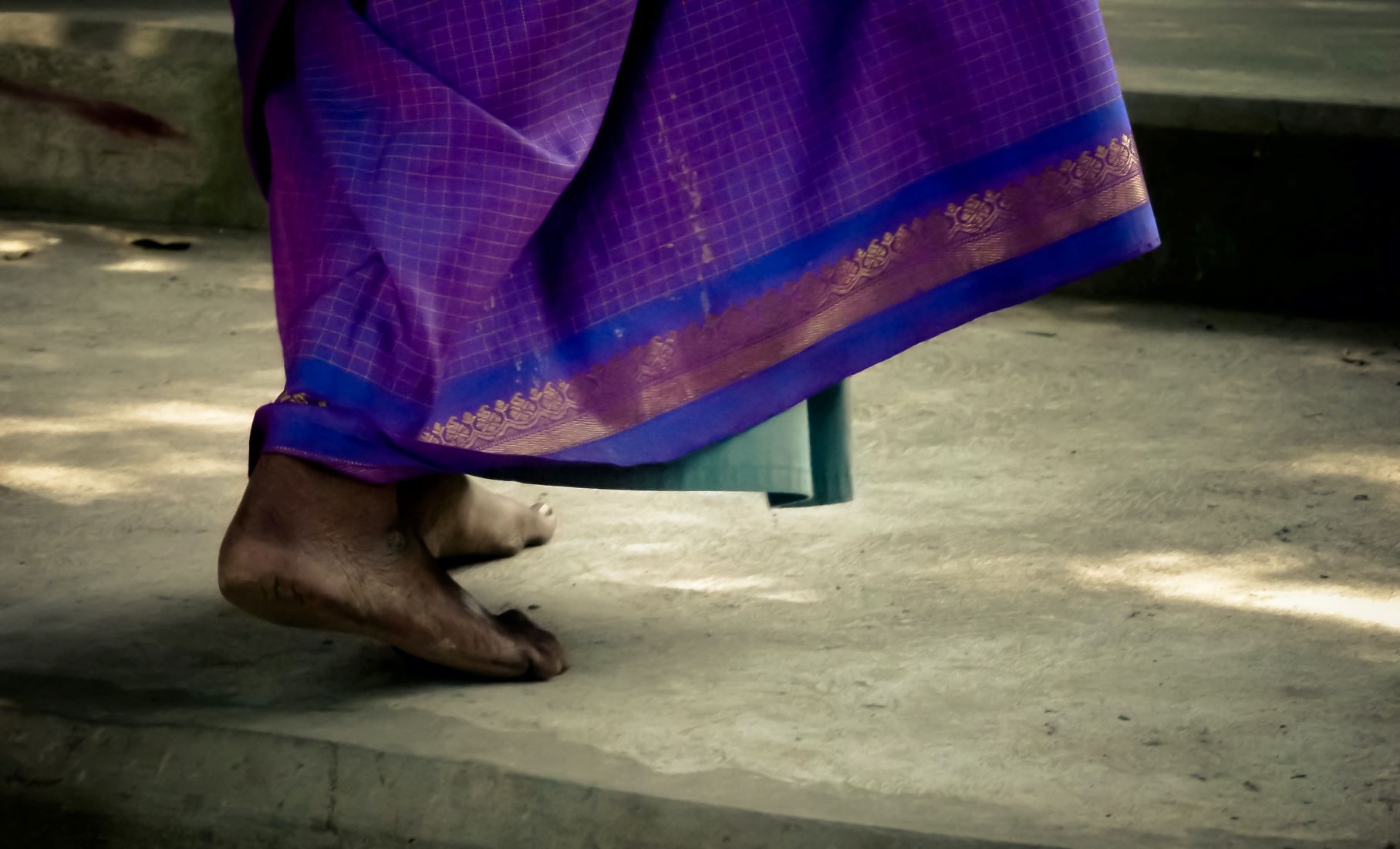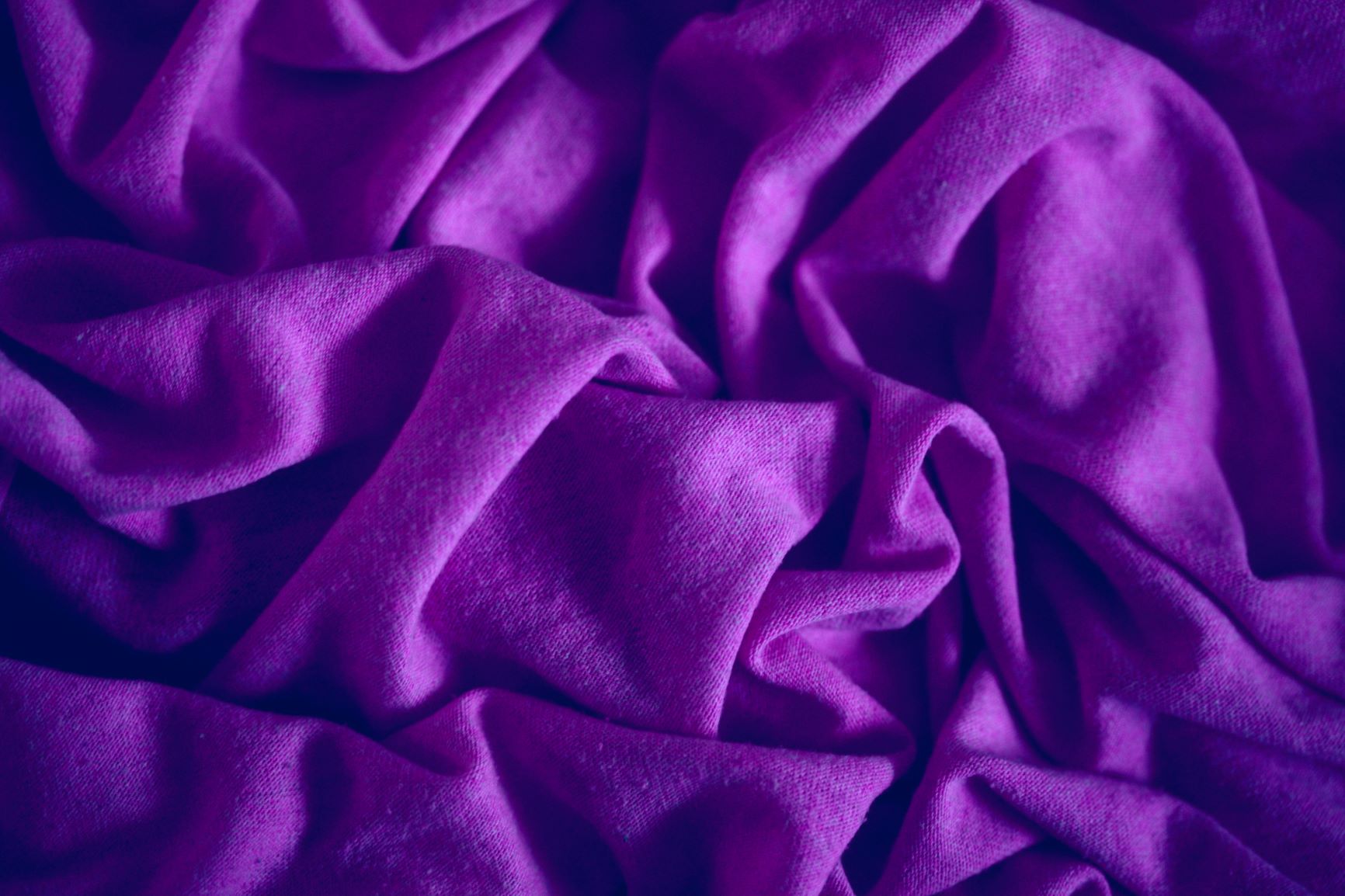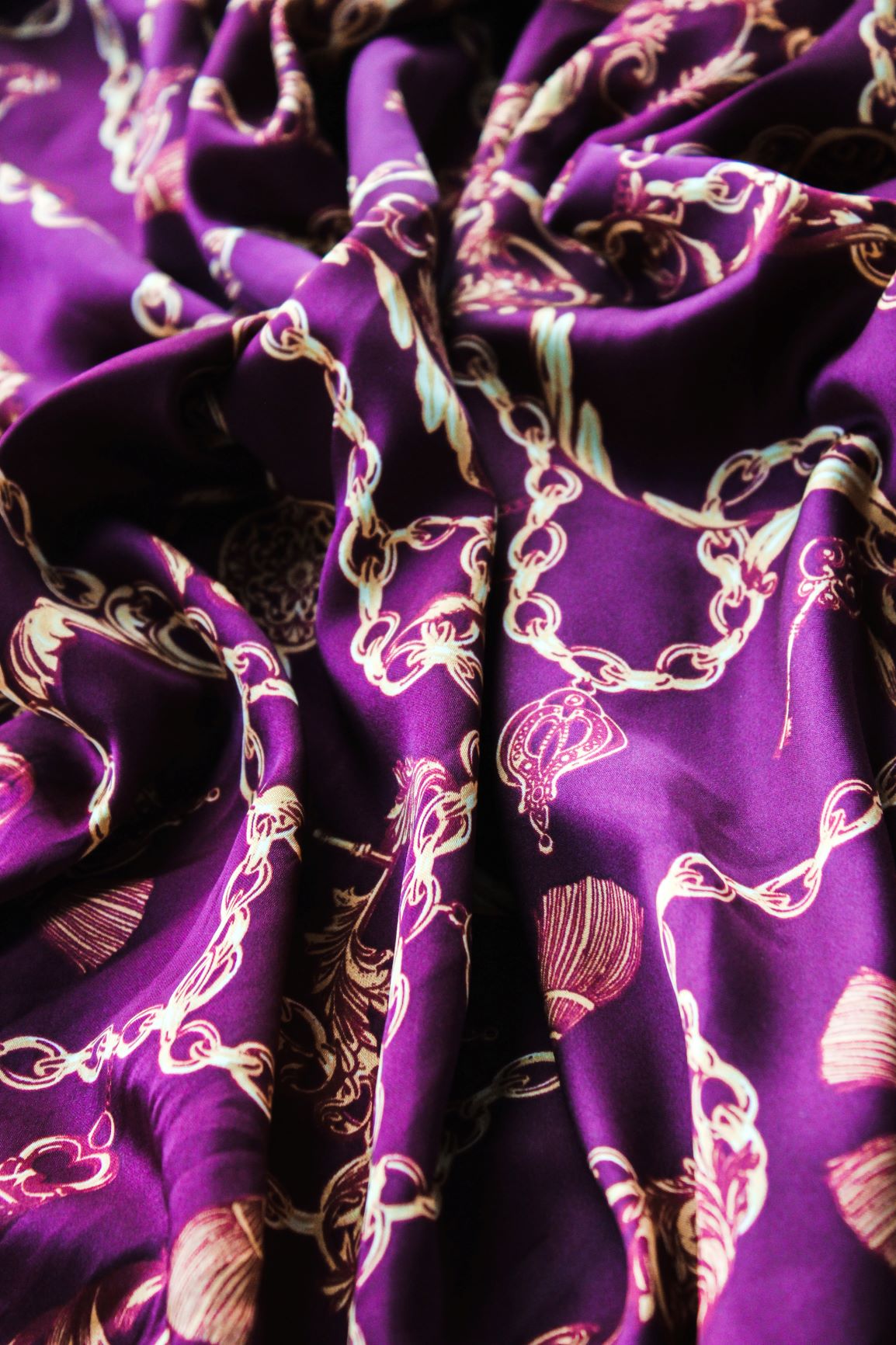Ibi'an
The ibi'an is a purple headscarf worn primarily by Pelan men. It's name comes from the Epaluno word for "safety."
History
The Pelan trace the ibi'an all the way back to the days of Tsia Xitano. Traditionally, it is made of wool, cut about 1-2 feet wide by 5 feet long, and dyed purple to honor the goddess. Originally worn by both men and women, it usually served as a headcovering to protect from the cold as well as dust and dirt flying in the air. It also helped keep hair in place while cooking or traveling in poor weather. The ibi'an served as an all-purpose cloth, however. The wearing of the ibi'an by all members of a nomadic group of Pelan meant that if a member became sick, they had a means of keeping that person warm. If a woman gave birth, there was always a blanket to wrap the baby in (and could also be wrapped around the body as a sling to carry a baby while riding a horse). If someone was injured, it could easily be converted into a bandage or tourniquet. It was used to bind broken limbs, tie an injured person to their horse, and could be tied into an additional saddlebag. There was no use for which is was too sacred. As the culture evolved, it became more and more common for women to ride without a headscarf. Originally, this was because women were more likely to use them as slings for carrying children or as bandages for the sick and injured, as the matriarchs usually served the function of healers. Matriarchs also found it useful to rid with their heads uncovered because other Pelan could easily spot the leader to follow her directions. Over time, most Pelan women stopped wearing them altogether.Modern Day
Today, the ibi'an is primarily used as a headcovering. It is intended to mark the wearer as a member of the Pelan, and someone to whom the Pelan history and tradition belongs. While it is not exclusively worn by men, it is significantly more common among men than women. Nevertheless, many girls receive one at their coming of age, and some famous Pelan women, such as Cornelia Pembroke have been known to the wear the ibi'an. It is also presented to someone who is not born Pelan but completes the conversion process.
While many people still wear a woolen ibi'an, they are now made of a variety of fibers, depending on the location of the wearer. Furthermore, some have become decorative, with embroidered designs, often in gold or yellow. Occasionally, Pelan wear entirely different colors, most noticeably in Linakra, where a blue ibi'an marks a mage who belongs to Kel's Rebellion.

by Topich
Type
Textile
Value
market value: cheap
cultural value: priceless
cultural value: priceless
Rarity
common among Pelan men

by unsplash




Comments